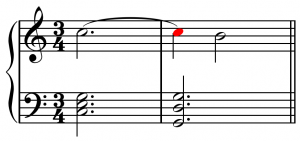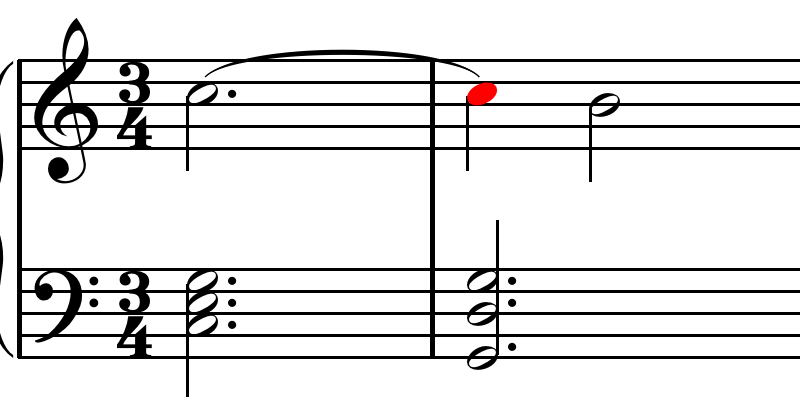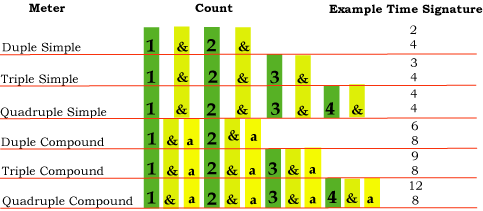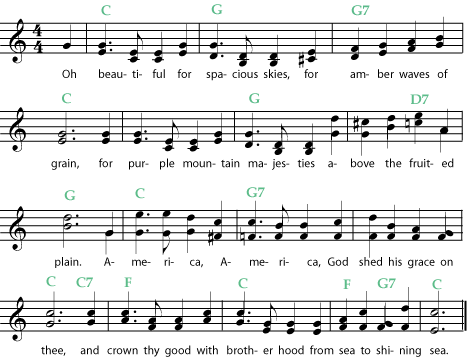Melody and music harmony concepts
Melody is the unfolding in musical time of a principal single line of pitches. This line can be sounded alone, unaccompanied, known as monophony. It can also be accompanied by chords, known as homophony, where it is usually (but not always) present in the highest notes. A third texture, called polyphony, consists of several simultaneous melodies of equal importance. Counterpoint is the study of combining such independent melodies. The Gradus ad Parnassum by Johann Joseph Fux is a distillation of the principles of counterpoint and was used as an instructional manual for many composers, including Bach, Mozart and Beethoven.

Music melody concepts
Melodic rhythm is often rooted in the accent patterns of language or the animating rhythms of dance. Melody is often the most identifiable element in Western music. Melodies often imply specific scales or modes.
- Melody shape
- Melody analysis
- Melodic phrases
- Music motifs and themes
Music harmony
Harmony and music form
Harmony occurs when two or more pitches are sounded simultaneously, although harmony can be implied when pitches are sounded successively rather than simultaneously (as in arpeggiation). Two simultaneous pitches form a diad. Three or more pitches sounded simultaneously are called chords, though the term is often used to indicate a particular organization of pitches, such as the triad, rather than just any three or more pitches.
Consonance can be roughly defined as harmonies whose tones complement and augment each others’ resonance, and dissonance as those which create more complex acoustical interactions (called ‘beats’). A simplistic example is that of “pleasant” sounds versus “unpleasant” ones.
Another manner of thinking about the relationship regards stability; dissonant harmonies are sometimes considered to be unstable and to “want to move” or “resolve” toward consonance. However, this is not to say that dissonance is undesirable. A composition made entirely of consonant harmonies may be pleasing to the ear and yet boring because there are no instabilities to be resolved.
Melody is often organized so as to interact with changing harmonies (sometimes called a chord progression) that accompany it, setting up consonance and dissonance. The art of melody writing depends heavily upon the choices of tones for their non harmonic or harmonic character.
Harmony, as used by music theorists can refer to any kind of simultaneity without a value judgment, in contrast with a more common usage of “in harmony” or “harmonious”, which in technical language might be described as consonance.
- Triads and chord inversion
- Naming triads
- Consonances and dissonances
- Other chords
- Harmonic analysis
- Harmonic cadences
Privacy Policy | Part of this page is taken by cnx.org and licensed by Catherine Schmidt-Jones under a Creative Commons License.




